こんにちは。
皆さん、突然ですが、鴨長明という人をご存知でしょうか?
今回は鴨長明の生き方が現代のミニマリストの考え方について似ているなと感じる部分があったので紹介したいと思います。
Hello.
This might be sudden, but have you heard of Kamo no Chōmei?
Today, I’d like to share how I feel that his way of life has some similarities with the philosophy of modern minimalism.
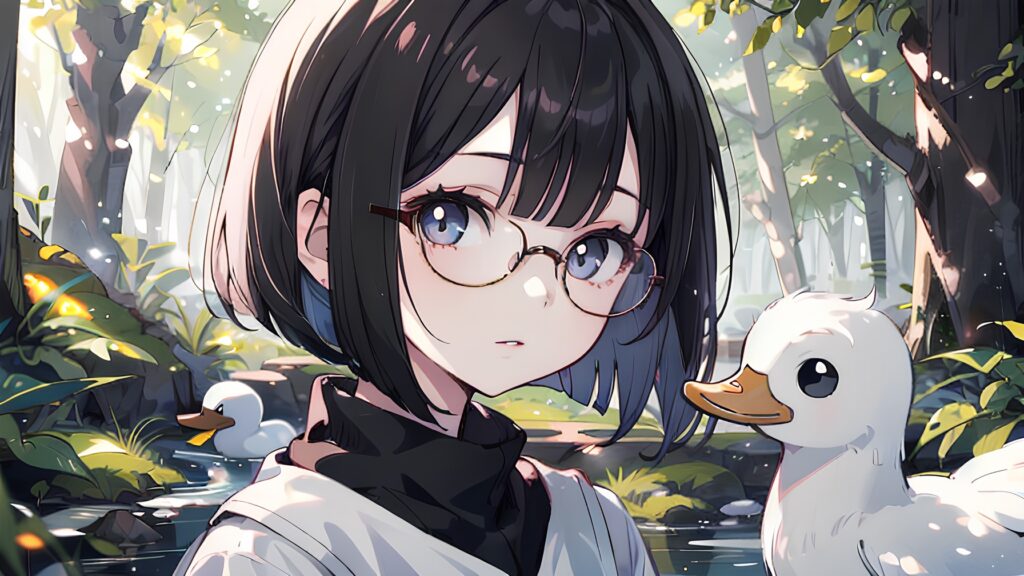
「方丈記」とミニマリズム|
鴨長明が現代に伝えるシンプルライフの極意
“Hōjōki” and Minimalism |
The Wisdom of Simple Living That Kamo no Chōmei Passes Down to the Modern World
鴨長明(かもの ちょうめい)ってどんな人?
Who was Kamo no Chōmei?
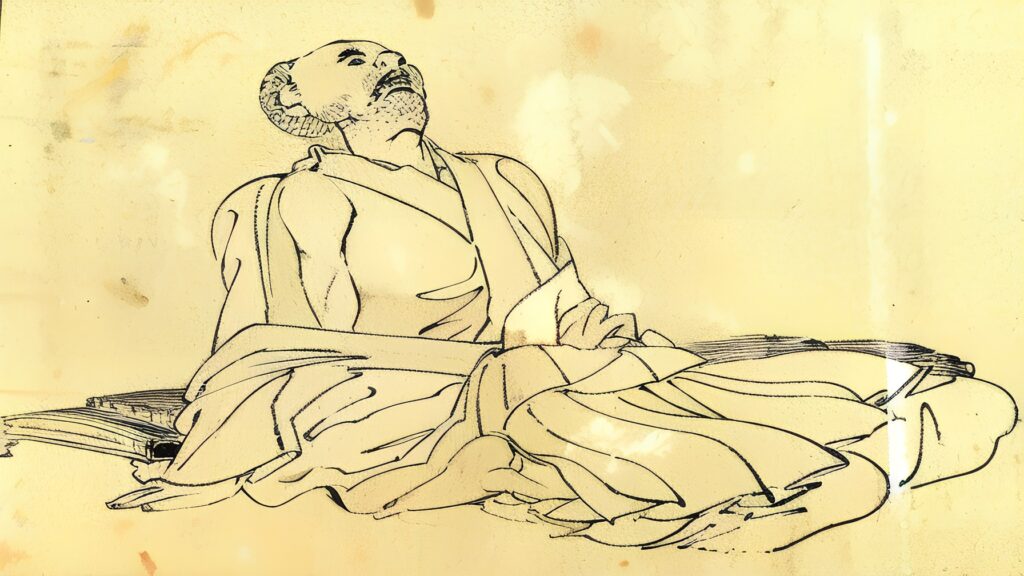
むかしの日本に生きた人で、お坊さんになったあと「方丈記(ほうじょうき)」という本を書いたことでとても有名です。
He was a historical figure in Japan who became a Buddhist monk and later wrote “Hōjōki,” a very famous book.
この本は、日本でとても大切なエッセイ(作文のようなもの)のひとつとして、今でも学校で学ばれています。 This book is considered one of the most important essays in Japan and is still studied in schools today.
① 子どものころと家族のこと
Childhood and Family
鴨長明は、京都の「下鴨神社(しもがもじんじゃ)」という神社を守る家に生まれました。
Kamo no Chōmei was born into a family that served the Shimogamo Shrine in Kyoto.
お父さんは神社の仕事をする「禰宜(ねぎ)」というえらい人で、神社の行事や儀式をとりしきる大切な役目をしていました。
His father was a high-ranking priest called a “Negi,” responsible for overseeing rituals and ceremonies at the shrine.
長明も、子どものころから神社の行事を手伝ったり、和歌(日本のうた)を学んだりして、大人になったら神社の仕事をするつもりでした。
Since childhood, Chōmei helped with shrine activities and studied Japanese poetry, expecting to work at the shrine as an adult.
けれども、お父さんが亡くなってしまい、長明が神社の大事な役目につくことはむずかしくなってしまいました。
However, after his father passed away, it became difficult for Chōmei to take on an important role at the shrine.
② 若いころにおこったこと
Events in His Youth
長明は、歌を作るのがとても上手でした。
Chōmei was very skilled at composing poetry.
日本の貴族たちは、和歌を作ることを大切にしていましたが、長明の歌はとくに美しく、多くの人に知られるようになりました。
Japanese aristocrats highly valued poetry, and Chōmei’s poems were especially beautiful and became well-known.
そのため、たくさんの有名な和歌集(日本のうたを集めた本)にも長明の歌がのることになりました。
As a result, many of his poems were included in famous anthologies.
また、びわ(楽器)をひくこともできるなど、音楽にもくわしい人でした。
He was also knowledgeable about music and could play the biwa, a traditional Japanese instrument.
しかし、お父さんが亡くなったあと、神社のえらい人になるはずだった長明は、その役目につくことができませんでした。
However, after his father passed away, Chōmei was supposed to become a high-ranking official at the shrine but was unable to do so.
本当なら自分が選ばれるはずだったのに、ほかの人がその役についたため、長明はとてもくやしい思いをしました。
Although he should have been chosen for the role, someone else was appointed instead, which made him feel deeply frustrated.
さらに、宮中に仕えて出世しようとしても、思うようにうまくいかず、長明は自分の居場所を失ったような気持ちになりました。
Additionally, he tried to serve at the imperial court and gain success, but things did not go as planned, making him feel lost.
③ 大人になってからの苦労
Hardships in Adulthood
長明が大人になったころ、日本では大きな天災や事件が続きました。
When Chōmei reached adulthood, Japan experienced a series of major natural disasters and crises.
① 大火事(京都の大火) / The Great Fire of Kyoto
ある年、京都の町で大きな火事がありました。
One year, a massive fire broke out in Kyoto.
たくさんの家が燃え、長明が知っている人の多くも家を失いました。
Many homes were burned down, and many people Chōmei knew lost their houses.
② 大地震(元暦の大地震) / The Genryaku Earthquake
そのあと、日本で大きな地震が起こりました。
Later, a major earthquake struck Japan.
地面が大きくゆれ、たくさんの建物がこわれ、人々はパニックになりました。
The ground shook violently, destroying many buildings and causing panic among people.
③ 大飢饉(食べ物がなくなる) / The Great Famine
さらに、長明が生きていた時代は、天候が悪くなり、お米や野菜が育たない時期がありました。
Additionally, during Chōmei’s lifetime, poor weather conditions led to crop failures.
食べるものがなくなり、人々はどんどん苦しい生活になっていきました。
With food shortages, people’s lives became increasingly difficult.
④ お坊さんになった長明のくらし
Chōmei’s Life as a Monk
長明はお坊さんになり、京都の山の中に小さな家を建て、ひとりで静かに暮らし始めました。
Chōmei became a Buddhist monk and built a small house in the mountains of Kyoto, living quietly alone.
そこでは、毎日好きなときに歌を作り、びわをひき、自然の中で心を落ち着けながらくらしました。
There, he spent his days composing poetry, playing the biwa, and calming his mind in nature.
⑤ いちばん有名な本「方丈記」
His Most Famous Book: “Hōjōki”
長明が書いた「方丈記(ほうじょうき)」は、むかしの日本でおこった大きな地震や火事、大雨で町がこわれたことを記録した本です。
Chōmei wrote “Hōjōki,” a book that recorded major earthquakes, fires, and floods that devastated towns in ancient Japan.
その中で長明は、「人のくらしは、川の流れのように、いつも変わっていくものだ」と書いています。
In it, he wrote, “Human life is like the flow of a river; it is constantly changing.”
⑥ まとめ
Conclusion
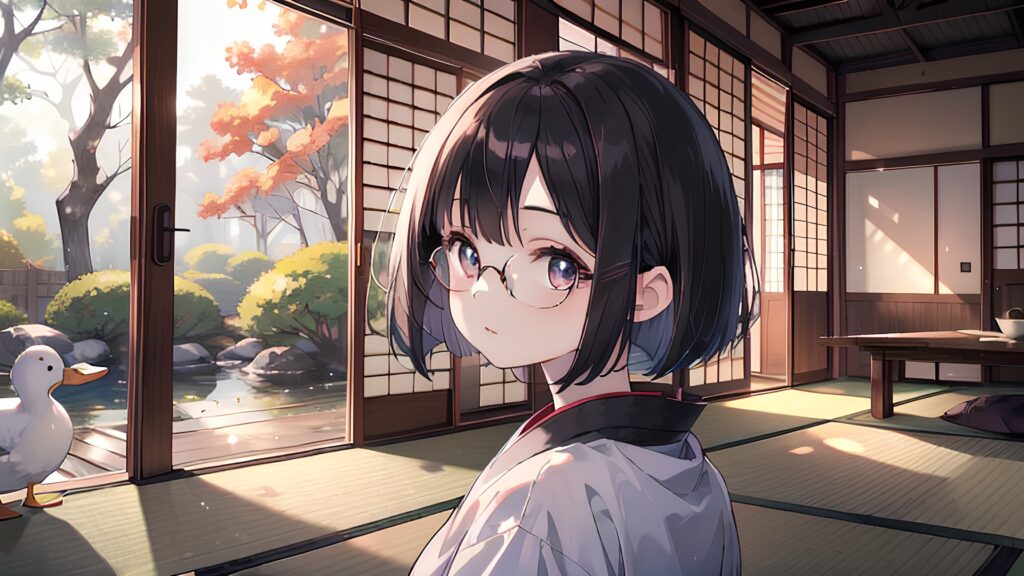
鴨長明は、神社の仕事ができなくなり、出世しようとしても失敗しました。
Kamo no Chōmei was unable to work at the shrine and failed in his attempts to advance in society.
しかし、彼は静かに暮らしながら、名作「方丈記」を書きました。
However, he chose a quiet life and wrote the masterpiece “Hōjōki.”
長明の生き方は、「人はいつでもやり直せる」「しあわせは、お金や名誉だけではない」ということを教えてくれます。
His life teaches us that “people can always start over” and that “happiness is not just about money or status.”
私はこの鴨長明が大変な半生を過ごした後、自らお坊さんになることを選び、自分にとって大切なことだけを厳選して山の中でひっそりと残りの余生を生きたというこのエピソードを読んで、現代のミニマリストの考え方にとても似ていると感じました。
Reading about how Chōmei endured hardships and ultimately chose a simple life in the mountains, I felt that his philosophy closely resembles modern minimalism.
物や情報に溢れかえっている現代、時代は異なりますが、長明の方丈記が今なお支持されている理由はそういった共通点があるからなのではないかと考えています。
In today’s world filled with material goods and information, his “Hōjōki” remains relevant because of these shared principles.
そう考えると、過去の著書から現代に置き換えて学ぶこともあり、とても面白さを感じました。
This realization made me appreciate how we can apply lessons from historical texts to our modern lives.
あなたは方丈記についてどう感じますか?
What do you think about “Hōjōki”?
それではまたね!
See you next time!
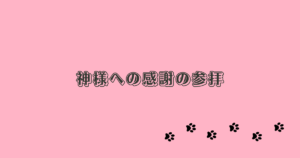

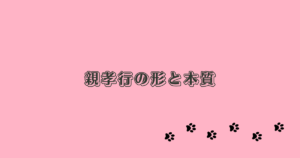
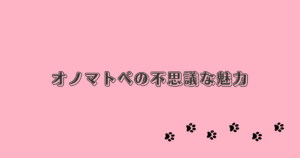
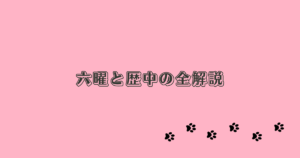
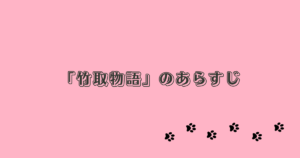

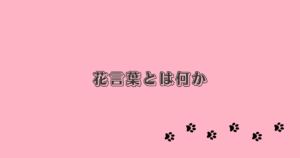
コメント